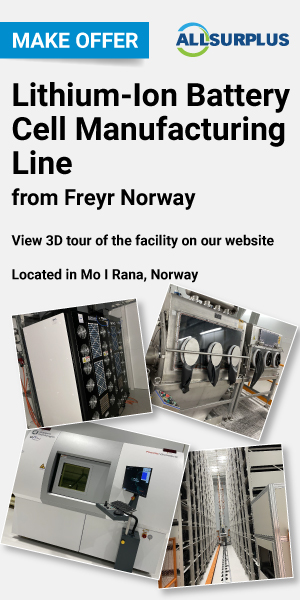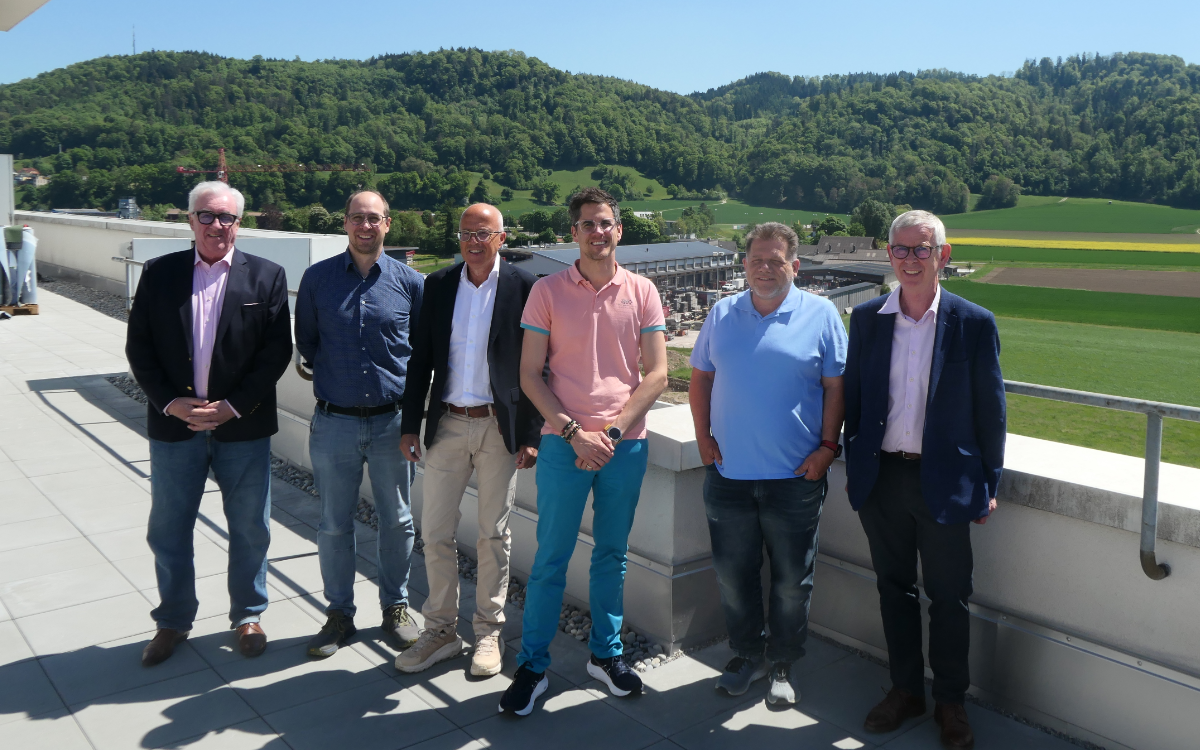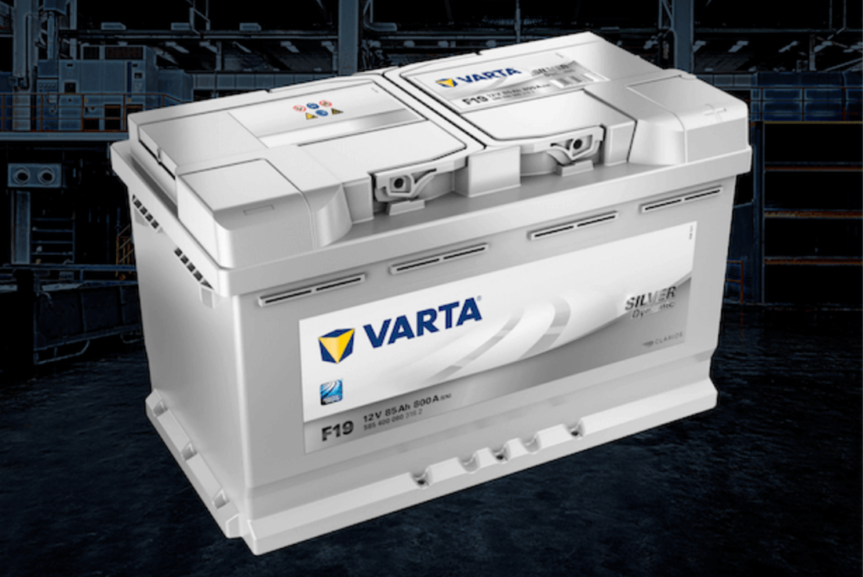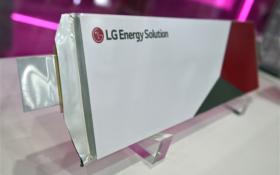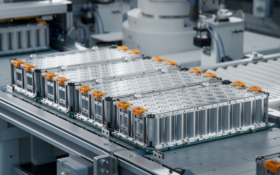With good solutions to VRLA shortcomings proven, Gerry Woolf is surprised as Telecom providers prevaricate on their uptake. Quite simply, the customer doesn't come first.
It turned out that staging this year's Intelec meeting in Berlin, just as the German nation was going to the polling booths, was an astonishing metaphor for the battery industry itself.
Inasmuch as the German electorate was split over whether to elect Angela Merkel or Gerhard Schröder as leader of the nation, the telecom industry seems split over which direction to take telecom power – and it's not . . .
to continue reading this article...
Sign up to any Premium subscription to continue reading
To read this article, and get access to all the Premium content on bestmag.co.uk, sign up for a Premium subscription.
view subscription optionsAlready Subscribed? Log In


